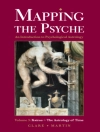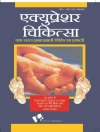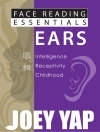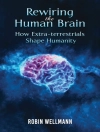What is true happiness? Is it achievable? That is the subject of a new book titled Happiness is a Choice, written by Julia Richard. The book is both a discourse on the nature of happiness and a practical guide for increasing happiness in your life. So many of us go through life feeling miserable and do not understand why. Even when we succeed at something, we still feel like a failure. Happiness is a Choice will show you that happiness really is a possibility and there are practical steps for getting there.
Drawing from a broad philosophical perspective, Julia Richard lays out different paths to deep enduring happiness. One of those paths is presented in the teachings of the Dalai Lama who believes that everybody wants true happiness. He also believes that the purpose of life is to seek happiness. However, the Dalai Lama is far from alone in believing this. In ancient Greek philosophy, both Aristotle and Epicurus also think the purpose of life is to attain happiness.
Julia Richard also draws from the writings of Plato, Erich Fromm, as well as the important Christian theologians Thomas Aquinas and Albert Schweitzer to develop a deeper understanding of compassion, charity, and altruism. After defining happiness and offering scientific reasons why happiness is important to our life, Julia Richard examines a variety of ways you can attain happiness including the training of your mind, the shifting your perspective, and becoming compassionate and altruistic.
To train your mind, he presents Mahatma Gandhi’s 10-step approach to living more fully and meaningfully. These are simple and clear steps that everyone can follow. He then mentions the brilliant psychologist and humanist Erich Fromm. Fromm observes that man’s true happiness is always associated with a productive orientation toward himself and the outside world. Fromm also notes that joy and happiness are not different in quality, only different in duration. In the case of the latter, the feeling is much more enduring.
Julia Richard then reveals how it is possible to find happiness by shifting your perspective. Plato’s Cave Allegory is summarized because it is a moral lesson in shifting your perspective. Those who remain trapped in the cave, never shift their perspective, and can never learn what reality has to offer. Those who take the risk to leave the cave will discover the true reality in the glare of the sun. After the moral tale, Julia Richard provides the reader with some practical steps to changing their perspective.
Julia Richard also presents a fascinating comparison between Christian and Buddhist compassion. One striking difference is shown in the writings of Thomas Aquinas when compared to the Dalai Lama. The Dalai Lama extends compassion to all living things whereas Thomas Aquinas makes it clear that Christian compassion must only extend to other humans. However, not all Christians agree with Aquinas on this point. The Lutheran missionary Albert Sweitzer became known globally for his philosophy of ‚Reverence for Life, ‚ by which he meant all life.
In the last two chapters, Julia Richard struggles with the thorny questions of human violence and happiness in a troubled world. These chapters provide some deep insights offered by many authors who have looked at these issues.












